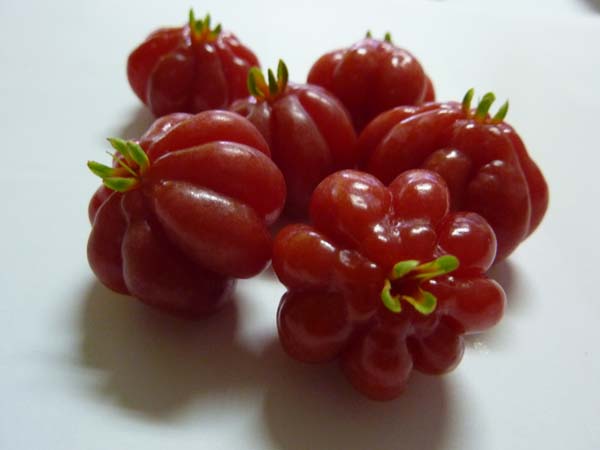
$48.99+$14.99(shipping fee)
Sell similar like these.These trees are cutting.
- Reduce the time to flowering.
- Shorten the breeding fruit.
- Beacuse you have a cutting tree.
 |
|
||||
| 5 Gallon $48.99+$14.99(shipping fee) |
|||||
Sell similar like these.These trees are cutting.
|
|||||
 |
Surinam Cherry The shrub or tree, to 25 ft (7.5 m) high, has slender, spreading branches and resinously aromatic foliage. The opposite leaves, bronze when young, are deep-green and glossy when mature; turn red in cold, dry winter weather. They are ovate to ovate-lanceolate, blunt- to sharp-pointed, 1 1/2 to 2 1/2 in (4-6.25 cm) long. Long-stalked flowers. |
|

|
||

|
||